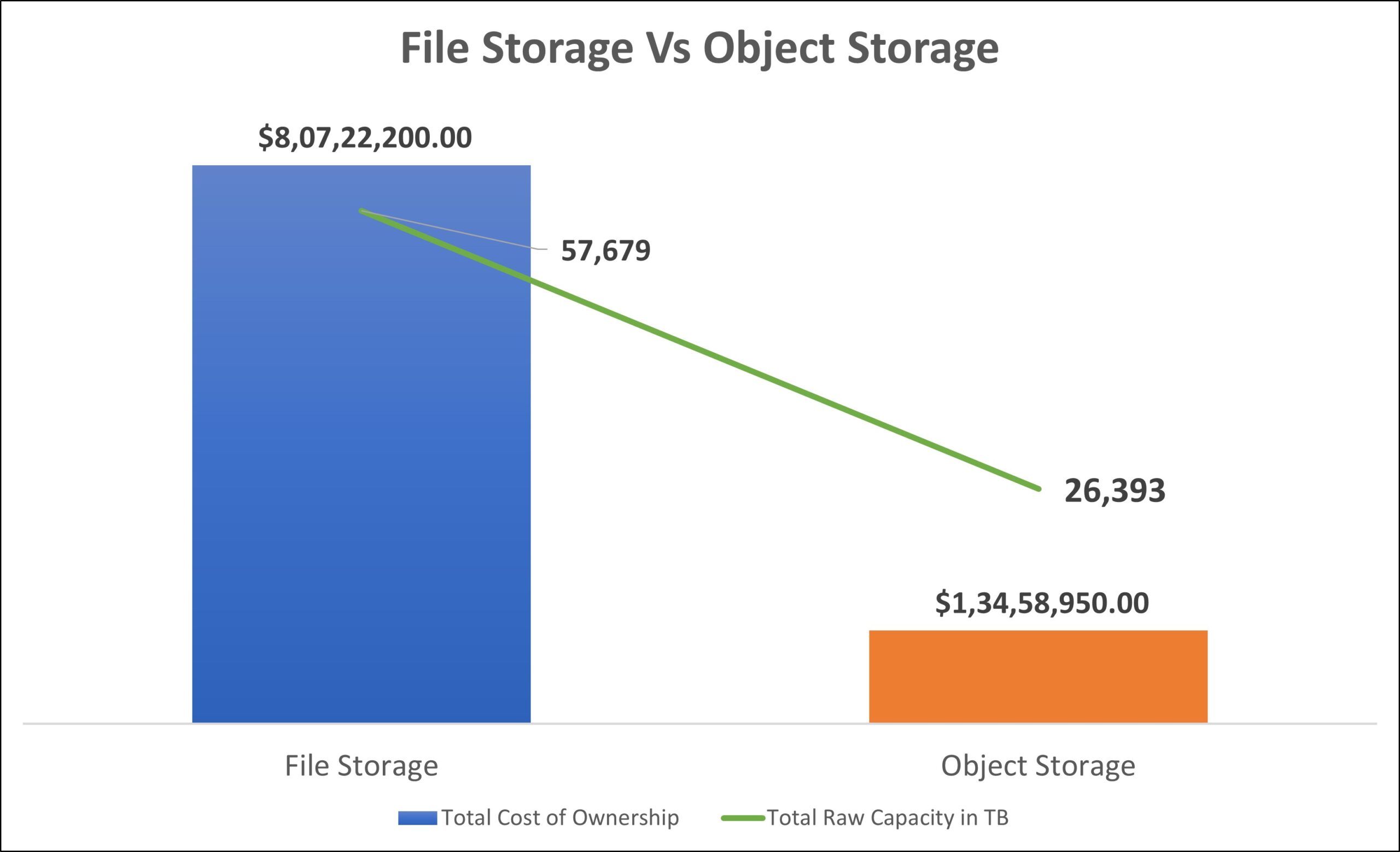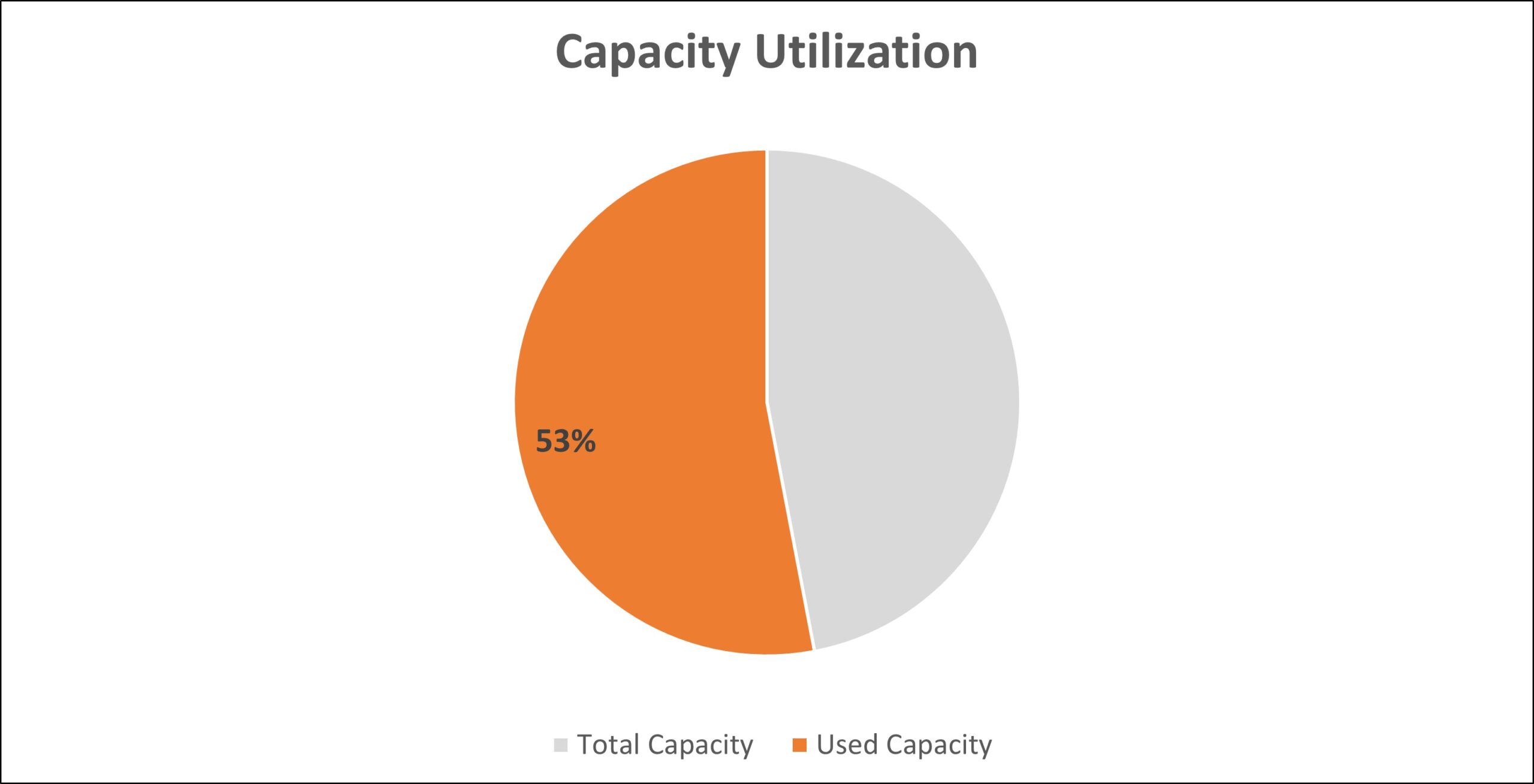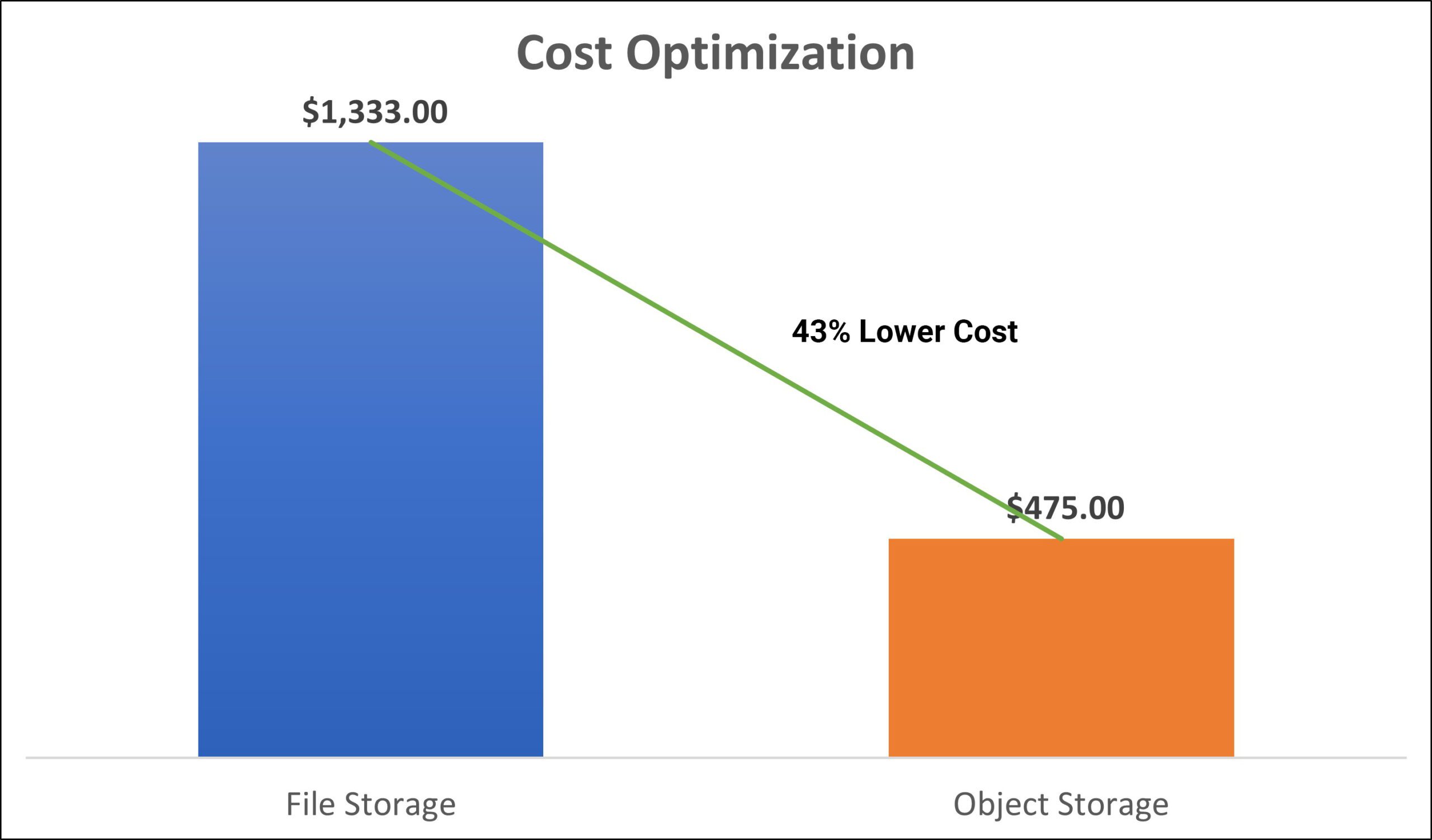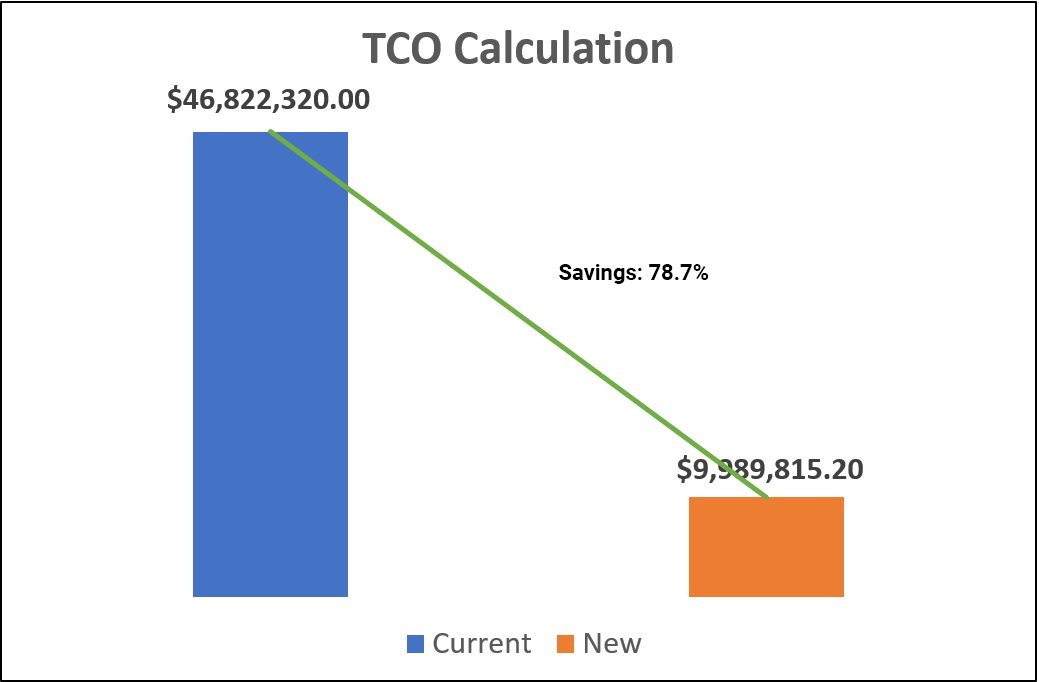The chance of a recession has now risen from 30% to over 60% in most economic models.
The market’s feeling of the impending disaster is pressuring corporations to take hurried and reckless moves. Spending is cut too deeply, new initiatives are halted, and employees are unceremoniously sacked. While attempting to navigate a prospective recession, business executives are concerned about the unpredictability of the future.
Data may alleviate some of the anxiety.
When the economy struggles, an organization’s most valuable asset produces tangible value. To retain economic stability and overcome the effects of the recession, organizations must focus on using data to increase operational efficiency and productivity rather than taking harsh steps. Using historical data to find trends and insights and evaluating current data to understand the market and customer behavior can assure profitability and build a competitive advantage.
Here are five ways how:
Process and workflow optimization
One method for developing an effective workflow is to use internal data to identify the processes running as they should and the tasks that are wasting time and money. Dynamic process management can be done at all business levels, and performance-based actions can be triggered automatically by utilizing data analytics. Data analysis contributes to better company management by supporting managers in evaluating current workflows’ efficacy, examining the processes’ results, automating new workflows, and continuously enhancing them. Data also enables executives to determine whether any processes are burdensome, costly, or difficult to utilize. It also accelerates their digital endeavors from tough/error-prone manual workflows to optimized/automated procedures.
Cutting down on waste and inefficiency
Every organization aspires for high levels of operational efficiency and production. After all, who wouldn’t prefer that their employees work smarter rather than harder? A data-driven approach is one-way corporations are starting to attain this goal. Businesses can uncover areas for development by examining the data generated by their business processes. This could range from reducing waste and inefficiency to improving department communication and collaboration. Content and context analysis, for example, can help businesses understand more about their data. Based on the knowledge gained about the data, this data can be further classified as cold and hot, ROT, dark data, and sensitive data. By storing cold data in low-cost object storage, businesses can optimize their data storage procedures and incur significant cost savings. Furthermore, organizations can decrease redundancy and duplication by integrating many data lakes into a consolidated data ocean using the cloud.
Increasing communication and transparency
Companies can save time, gain more insights, and make better decisions by reimagining how businesses distribute and consume data. They can democratize data by making it available to all technical and non-technical users to acquire a 360° perspective of their consumers, stimulate creativity, enable seamless hybrid working, and improve customer experience. Effective data interoperability, democratization, and literacy will be achieved by communicating and sharing insights across departments for better decision-making.
Ensuring precision and quality
Monitoring processes and measuring key performance indicators in real-time can help businesses enhance process accuracy and quality. As a result, deviations from the norm may be rapidly discovered and remedied to ensure quality. Data allows you to track process metrics, discover trends, identify gaps rapidly, and take corrective action. Furthermore, historical data analysis might uncover patterns or trends that may anticipate future issues and successful remediation strategies. All of these measures, when taken consistently, contribute to improving quality, efficiency, and production.
Monitoring progress and output
Data can also be utilized to evaluate the outcomes of various productivity programs and identify the most effective ones. Existing programs can be tweaked or adjusted based on this feedback, and new ones can be built to increase productivity even more. Furthermore, data can be utilized to track employee performance, identify areas where they may require additional training or support, and launch appropriate training programs. Data can help businesses increase operational productivity and upskill people.
Here’s an example of how a Fortune 200 bank improved its overall operational efficiency and lowered its total cost of ownership by 78.7% with Intelligent Data Storage Lifecycle Management
A Fortune 200 bank had three existing file storage applications and two object storage applications. They were suffering from high storage costs because they were underutilizing object storage and piling more data on file storage. Data Dynamics enabled them to optimize their total cost of ownership by intelligently moving data from file to object storage. Here’s how.
1. The bank had a total cost of ownership of 80.72M for 57,679 TB of data on file storage and 13.46M for 26,393 TB of data on cloud object storage.

2. They used only 53% of their total usable file storage and paid a surplus of $26.38M yearly for unused storage capacity.

3. The average cost of file storage per TB was $1,333, whereas it was $475 for cloud object storage, i.e., 64% lower than file storage

4. The objective was to move data from file storage to cloud object storage to reduce costs, enable higher capacities of usable data, and ensure pay-as-you-go pricing
Data Dynamics helped the organization realize a cost saving of 79.2% in one year with intelligent data management.
- For every TB moved to cloud object storage, the bank could save $858 and increase total usable data capacity by 29%.
- Proactive analysis of data on an ongoing basis
- Policy-based ‘Intelligent’ tiering (local and cloud)
- Full transparency on the physical and logical location of data
- Avoid new hardware purchases
- Massive carbon reduction impact (ESG value addition)
- Large reduction in data center footprint

Staying afloat in volatile economic times requires effective data management.
Data Dynamics is a leading provider of enterprise data management solutions, helping organizations structure their unstructured data with their Unified Unstructured Data Management Platform. The platform encompasses four modules- Data Analytics, Mobility, Security, and Compliance. Proven in over 28 Fortune 100 organizations, the platform uses a blend of automation, AI, ML, and blockchain technologies and scales to meet the requirements of global enterprise workloads. With Data Dynamics, enterprise customers can eliminate the use of individual point solutions with siloed data views. Instead, they can utilize a single software platform to structure their unstructured data, unlock data-driven insights, secure data, ensure compliance and governance and drive cloud data management.
Following are our five most significant differentiators that help leading organizations thrive in an increasingly volatile environment:
- A platform approach to data management vs. competitors with ‘single value’ tools
- Multipetabyte and multi-location enterprise scalability
- Insights into enterprise data to enable informed decisions – What and where is the data? Who has access? Is it secured and compliant?
- Intelligent, compliant, and secured data migrations
- A customized deployment based on the unique requirements of each client
- In-year ROI on software investment
Ultimately, the company’s vision is to help enterprises achieve data democratization so that users, no matter their technical background, can instantly access, understand, and derive maximum insights from unstructured data sprawls.
To learn more about Data Dynamics, visit www.datadynamicsinc.com or contact us at solutions@datdyn.com and (713)-491-4298.






